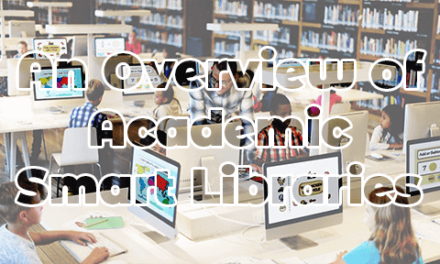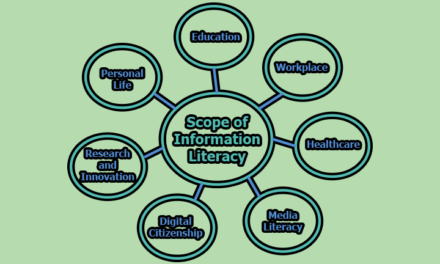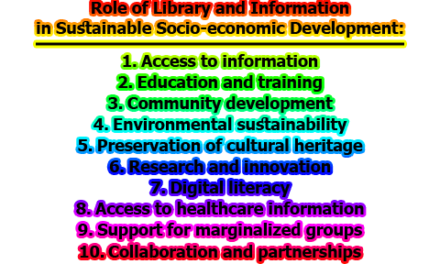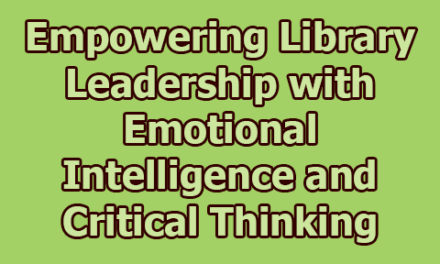Possibilities of Incorporating VR into Library Website Design:
The world of technology is rapidly evolving, and libraries are not immune to these changes. Virtual Reality (VR) is one such technology that has gained prominence in recent years and is now being considered for integration into library website design. VR offers an immersive and interactive environment that can revolutionize how library visitors explore, learn, and engage with resources and services. In this article, we will delve into the possibilities of incorporating VR into library website design, the benefits and challenges it presents, the tools and best practices, and strategies for promoting and maintaining VR for library websites.
Why Use VR for Library Websites?
VR brings a host of benefits to library websites, enhancing the user experience and opening up exciting opportunities. Here are some key reasons to consider its integration:
- Virtual Tours and Maps: VR can provide visitors with virtual tours, maps, and directions, allowing them to navigate the physical library space from the comfort of their homes. This feature is invaluable for new patrons and those with limited mobility.
- Access to Digital Collections: VR can display 3D models, images, or videos of historical artifacts, artworks, or landscapes, enabling users to explore digital collections in an interactive and engaging manner.
- Virtual Events and Learning: Libraries can host virtual events, such as live or recorded webinars, workshops, book clubs, and interactive tutorials. This fosters community engagement and offers opportunities for skill-building.
- Social Interaction: VR allows users to create avatars, chat, and collaborate with others in the virtual library space, promoting social interaction and collaborative learning.
The Challenges of Using VR for Library Websites:
While VR offers exciting possibilities, it also comes with its own set of challenges that must be addressed during the website design process:
- Technical Issues: Compatibility, accessibility, bandwidth, and security are technical challenges that need careful consideration. Ensuring that VR content can be accessed by a wide range of devices and users is crucial.
- User Comfort and Safety: User comfort, safety, privacy, and digital literacy are essential factors to consider when designing VR experiences. Users should feel secure and be able to navigate the VR environment with ease.
- Content Quality and Copyright: Maintaining the quality and relevance of VR content while adhering to copyright regulations is vital. High-quality content enhances the user experience, while copyright issues must be managed appropriately.
- Ethical Considerations: Representing diversity and inclusion in VR content is an ethical concern. Libraries should strive to create content that reflects a diverse and inclusive user base.
Tools for Creating VR in Library Websites:
Several tools and platforms are available for creating VR content for library websites:
- WebVR: A JavaScript API that enables web browsers to display VR content.
- A-Frame: A web framework that simplifies WebVR development using HTML and JavaScript.
- Unity and Unreal Engine: Game engines that allow the creation of VR applications using C# and C++ respectively.
- Blender: A 3D modeling and animation software that can export VR content.
The choice of tool depends on the specific project requirements, complexity, and the skill level of the developers.
Designing VR for Library Websites:
Designing VR for library websites involves several key principles and best practices:
- Define Purpose and Scope: Clearly define the purpose of the VR project, identify the target audience, understand their needs, and establish measurable success criteria.
- Plan Content and Structure: Decide what type of VR content to create, how it will be organized, and how users will navigate and access it.
- Design Interface and Interaction: Consider user input methods, devices, and feedback mechanisms. Ensure the VR experience is intuitive and user-friendly.
- Test and Evaluate: Thoroughly test VR content for functionality, usability, and accessibility. Collect user feedback and data to make improvements.
Promoting and Maintaining VR for Library Websites:
To ensure the success of VR integration in library websites, it’s essential to promote and maintain the technology:
- Communication and Marketing: Use social media, newsletters, and other channels to inform and attract users to the VR content.
- Monitoring and Updating: Continuously monitor the performance and impact of VR content, making necessary updates based on user feedback and data.
- Keep Content Fresh: Regularly update VR content to keep it relevant and engaging for library visitors.
In conclusion, incorporating Virtual Reality into library website design is a powerful way to enhance the user experience, providing library visitors with immersive and interactive tools for exploration, learning, and engagement. While challenges exist, careful planning, the selection of appropriate tools, adherence to best practices, and ongoing maintenance can result in a successful integration of VR technology into library websites. As libraries embrace the digital age, VR offers a transformative and innovative approach to library services, making them more accessible and engaging for all.

Assistant Teacher at Zinzira Pir Mohammad Pilot School and College










